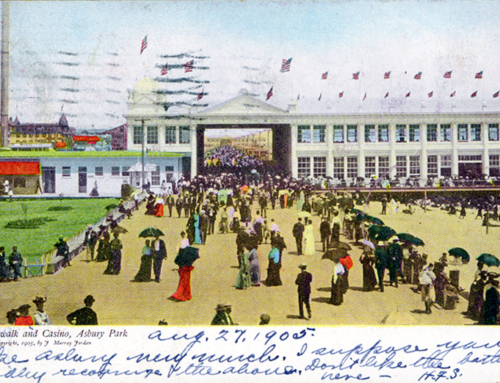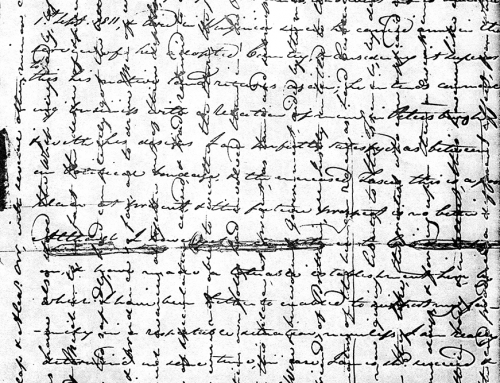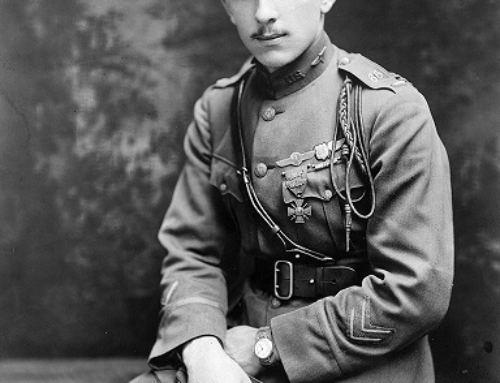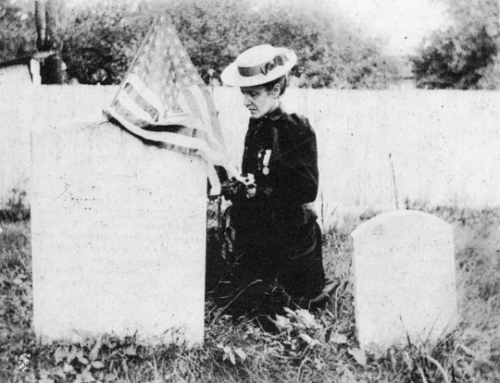The first public museum in the United States was opened by Charles Wilson Peale in Baltimore in 1786. The idea of a museum open to the general public was revolutionary. Previously, museums had been the domain of the wealthy—“cabinets of curiosity”—where they could view relics from famous people and events and unusual natural history specimens.
Peale’s museum featured many fine works of art, but in its day was best known for the mastodon skeleton it owned. Today’s museums have come a long way, but most still have a few curiosities in their collection. The Historical Society of Carroll County’s collection has its curiosities as well.
How about a piece of hardtack from the Gettysburg battlefield? Got that. Or a gavel made from wood salvaged from the White House during the renovations in the 1950s? Yes, we’ve got that, too. One of our most well-known curiosities is the door handle from the door of the Adam Good Tavern in Taneytown. George Washington stayed at the tavern in 1791. When the building was demolished in the late 19th century, local resident Charles Shriner bought some of the salvaged lumber. Included was the front door with the handle still attached. Shriner saved the handle as a relic of Washington’s visit, and it was among the first donations to our society in 1939.
While the presence of some of these objects in a museum collection may seem silly, they all have one thing in common: Each one tells a story. And that’s what museum collections do—tell us stories about the people who made, used and saved them.
Pictured above: The door handle from the Adam Good Tavern in Taneytown, where George Washington stayed in 1791.






